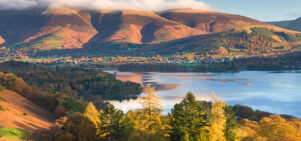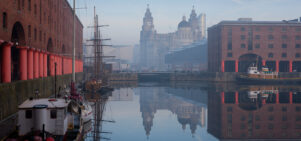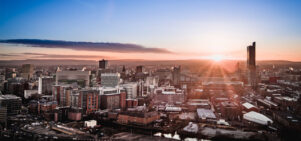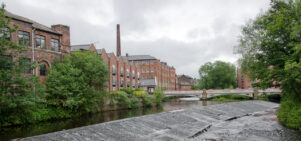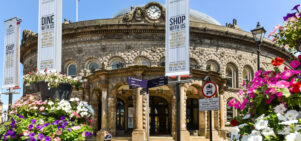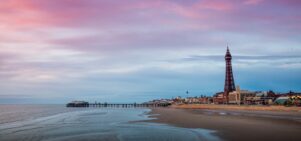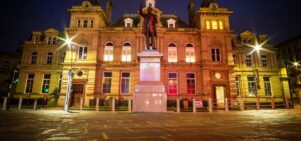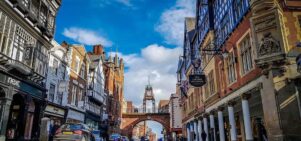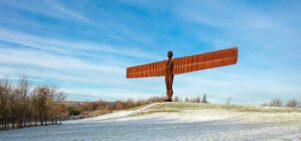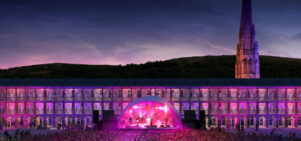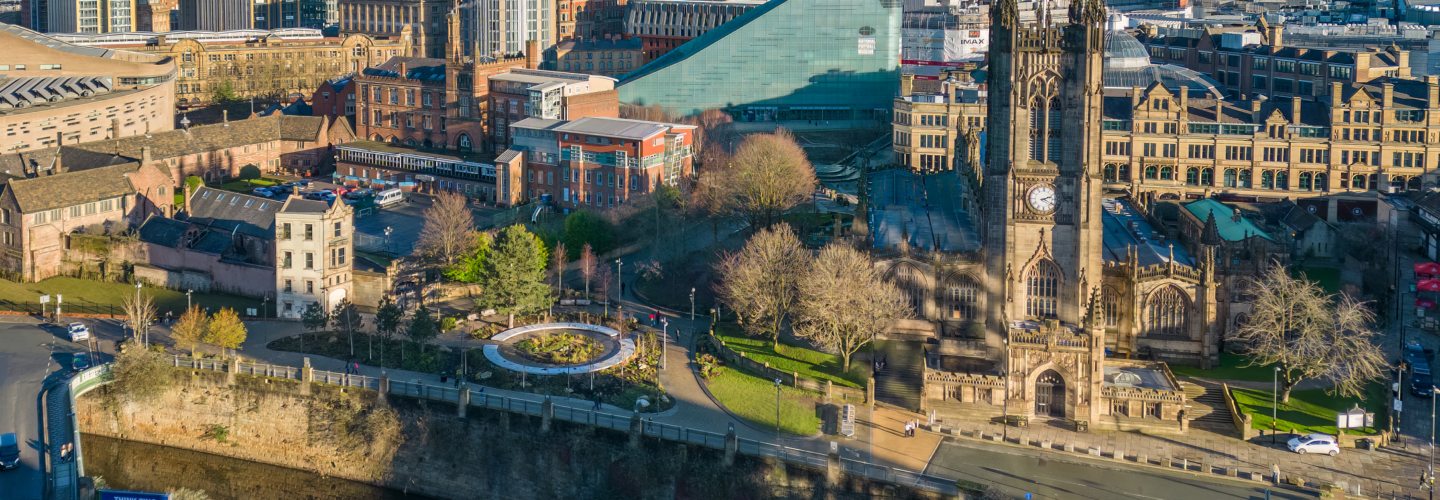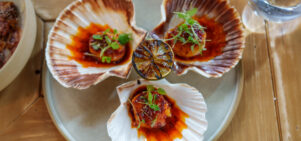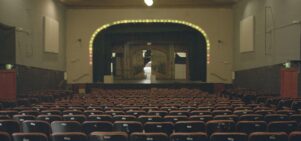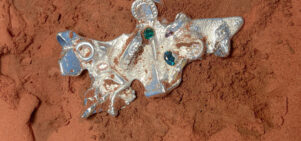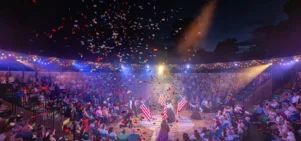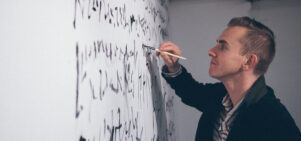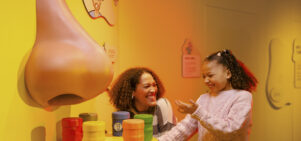Artist at work: what Richard Wentworth did during Museums at Night
Susie StubbsWhat happened during Manchester’s two nights of #lovecollecting, curating and artistic alchemy.
Richard Wentworth is a very good teacher. We have watched him shape and guide a flimsy idea about what to do for Museums at Night into an actual, proper event. We have seen him turn the city into his school, with us his willing students. We have observed him creating something quite remarkable from our collective contributions.
And what did he create? On paper, it looks simple: an exhibition at the Whitworth, one created from objects donated by members of the public the previous evening. We’ve been in on this project since the start and so we had no cynicism to park; we can imagine, though, a certain rolling of eyes at the thought of an artist creating an exhibition from some of the things donated, the Tesco receipt pulled from the musty depths of a rucksack, the pair of pants, the erasers and lipstick pen, the badges and bus pass. We can hear the Daily Mail headlines a-screaming that Public Money Was Surely Wasted on such an exercise. And, to be fair, we would forgive a smattering of cynicism. Sure, how can you make something meaningful out of a load of junk “donated” by the public?
This was an exercise in curatorial magic. It proved that art is alchemy.
Yet the strangest thing happened. First, several people donated things of real value, from the Russian artists who gave the most wonderful paper sculpture to the person who donated their grandfather’s beautifully-made wooden tape measure. Second, there was an ingenious “process” by which you donated your object. You didn’t just hand it over; you walked through a six-stage acquisition process, one that apes the real-life museological acquisition process. From describing materials to recording weight, as donators moved through each stage there was a gathering sense of their object’s actual value; the donation went from being a bit of a laugh to something more serious. By the time we signed our own object over – well, frankly, it was a wrench. Bagged up and labelled, along with it went a small fragment of our ego: would the recipient care about the object (and by extension us) as much as we did?
“There was a strange, slightly festive, slightly primitive, feeling last night,” said Wentworth of the donation process. “It was like watching Princess Diana’s funeral, where I saw ordinary people throwing flowers. Last night was a bit like that; people were bringing things and everything was charged. In fact, eat your heart out, Antiques Roadshow, it felt quite substantial.”
As Wentworth and his team spent the following day sifting through the donated objects, “many of the things started talking to each other. There was an incredible pattern, a set of rhymes.” Wentworth arranged objects into small groups, with these groups then scattered unlabelled through the gallery. “The debate surrounding each and every donation had a profound tenderness to it and at different moments the most ordinary thing was able to rise to high levels of shared appreciation,” wrote Wentworth in a hand-out given to attenders on the night. Of all the objects, three stood out: the Russian paper sculpture, an iron railroad spike from New Jersey, and a Tesco invoice stained by a coffee spill. “The author(s) of this particular artwork made a spectacular intervention by interpreting this coffee stain as a replica map of Africa. Enjoy their knowledge of politics and geography as you look at it. In this instance, Europe had to be invented as stain-free,” wrote Wentworth of the meticulous and surprisingly accurate map biro-ed over the stain.
So, the exhibition at the Whitworth turned out to be much more than a show of unwanted tat. It was testament to the lure and the power of collecting; how we give inanimate objects a kind of emotional charge; how we invest memories and meaning in the most ordinary of things. It was a comment on the kind of power our museums and galleries hold over us, and in turn just how much we hold them in regard. It was an articulation of the ties that bind us to things, things to place, place back to people (one of the best things Wentworth said last night was that “this couldn’t happen in London; it’s not the same, there isn’t the same emotional glue”).
But mostly it was about how art is alchemy. As an exercise in curatorial magic, it taught all those assembled that the application of an artistic eye can transform the banal into the exquisite. “Maybe that’s the point of artworks,” said Wentworth. “They give us a kind of collective energy. This is a very unusual energy field – and you are part of it.” We couldn’t have been more pleased to have been part of something so special. Like we said, Richard Wentworth is a very good teacher.
